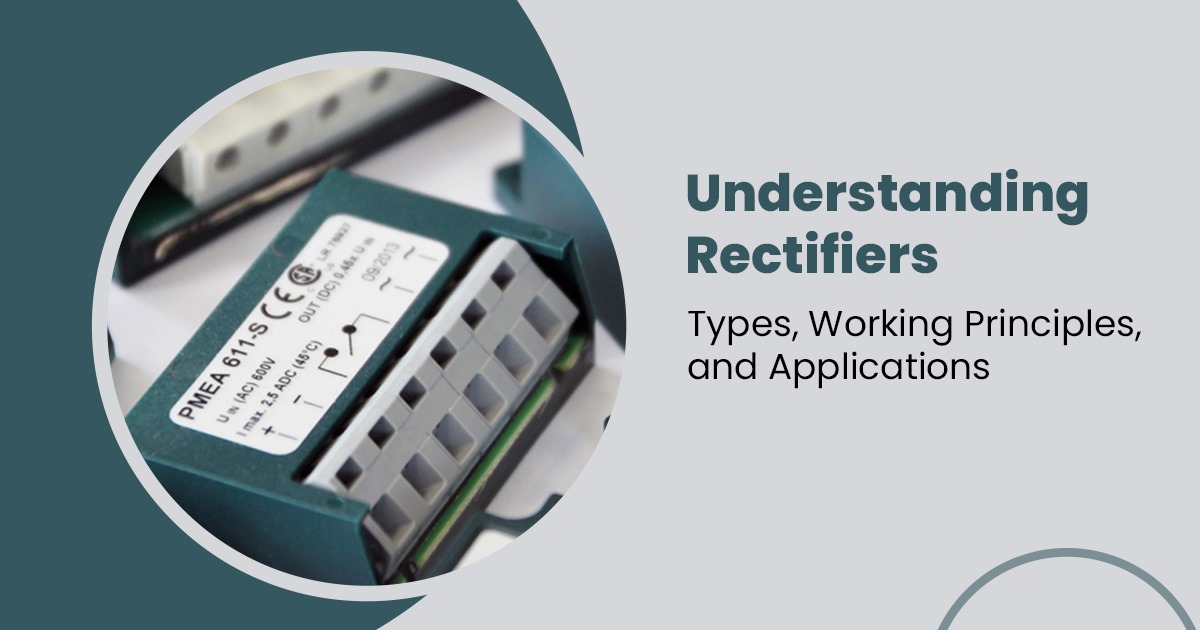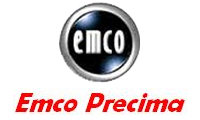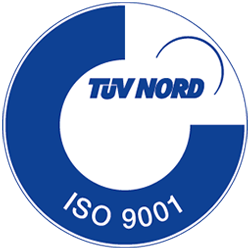
Understanding Rectifiers: Types, Working Principles, and Applications
- March 21, 2025
- by
- bhavik@bcreative.in
Rectifier converts alternating current (AC) into direct current (DC), and that makes them important for various industries and commercial devices. From computer power supplies to welder and even crane control panels, requires rectifiers for controlled and smooth power delivery. In this blog, we’ll discuss different types of rectifiers, how they work, and their actual applications.
What is a Rectifier?
A rectifier is a device that converts alternating current, which travels in a single direction. As most electrical devices, such as cranes and industrial machinery, need to function with DC power to function well, rectifiers are a foregone feature of modern technology.
Types of Rectifiers
Rectifiers come in various forms depending on their makeup and the degree of AC to DC conversion. The following are the main rectifier types:
1.Half wave Rectifier
A half wave rectifier allows half the AC cycle through while switching off the other half. It supplies a pulsating DC output. Half-wave rectifiers are simple and affordable but less efficient since they waste half of the input power.
2. Full wave Rectifier
A full wave rectifier, as opposed to a half wave rectifier, uses both halves of the AC waveform. It is more efficient and gives a smoother DC output.
3. Bridge Rectifier
A bridge rectifier applies four diodes in a bridge circuit to rectify AC to DC. The construction allows for the use of both halves of the AC cycle, thereby increasing efficiency and reliability. Bridge rectifiers have widespread usage in industrial control, including crane control systems and motor drives.
Working Principles of Rectifiers
Rectifiers function based on the use of diodes, which permit current to flow in a single direction. In a half wave rectifier, one diode allows current to flow during the positive half-cycle and prevents the negative half. Full wave rectifiers use multiple diodes to allow current flow in both half-cycles of AC and double frequency output, along with reducing fluctuations. Four diodes make bridge rectifiers work even better and more effectively by providing stable current flow.
Applications of Rectifiers
Rectifiers are used in most industries where DC power is necessary for optimum function.
Crane Control Systems and Brakes: Most cranes use DC-powered electromagnetic brakes and motors. Rectifiers assist in converting AC to DC, ensuring constant braking and smooth motion control.
Power Supplies: Rectifiers are utilized in power supply units, which convert AC mains into the DC power needed for electronic circuits and recharging batteries.
Welding Equipment: Welding machines require DC power for the consistent generation of arcs; hence, rectifiers are required in welding devices.
Household Electronics: Devices such as phone chargers, televisions, and radios use rectifiers to provide stable DC power.
Rectifiers play a crucial role in electrical and industrial applications, providing smooth AC to DC conversion. From basic power adapters to sophisticated crane control systems, rectifiers provide efficient and safe operations. Out of all the types of rectifiers, bridge rectifiers are superior in performance and hence suitable for heavy-duty usage. Knowledge of rectifiers supports selecting the appropriate type for different applications, providing maximum performance and durability of electrical systems.





